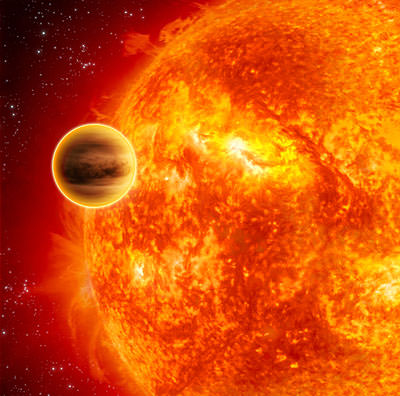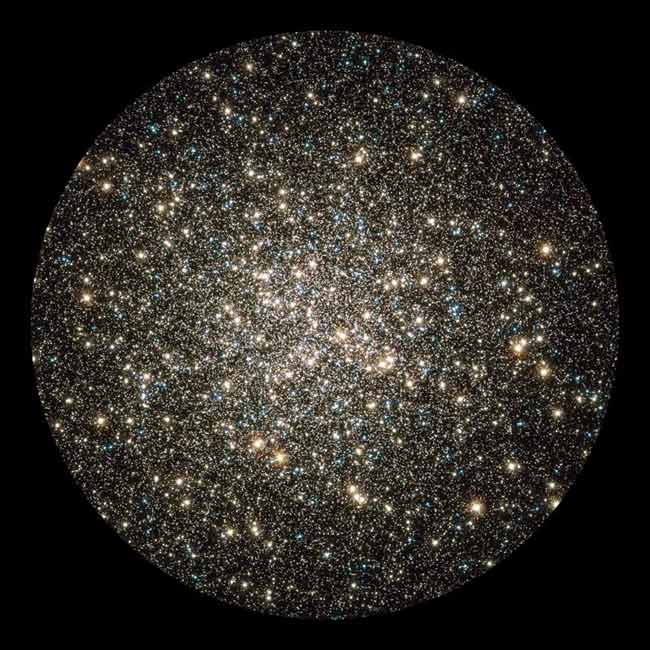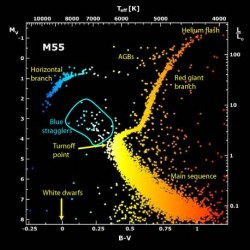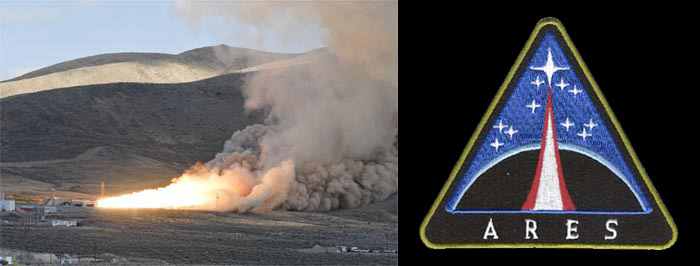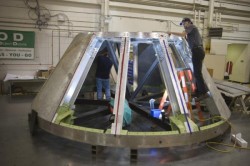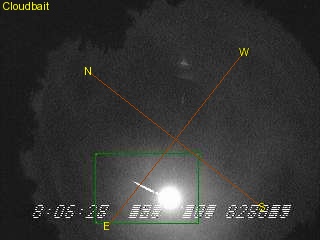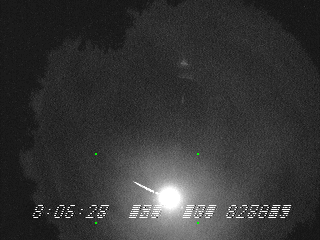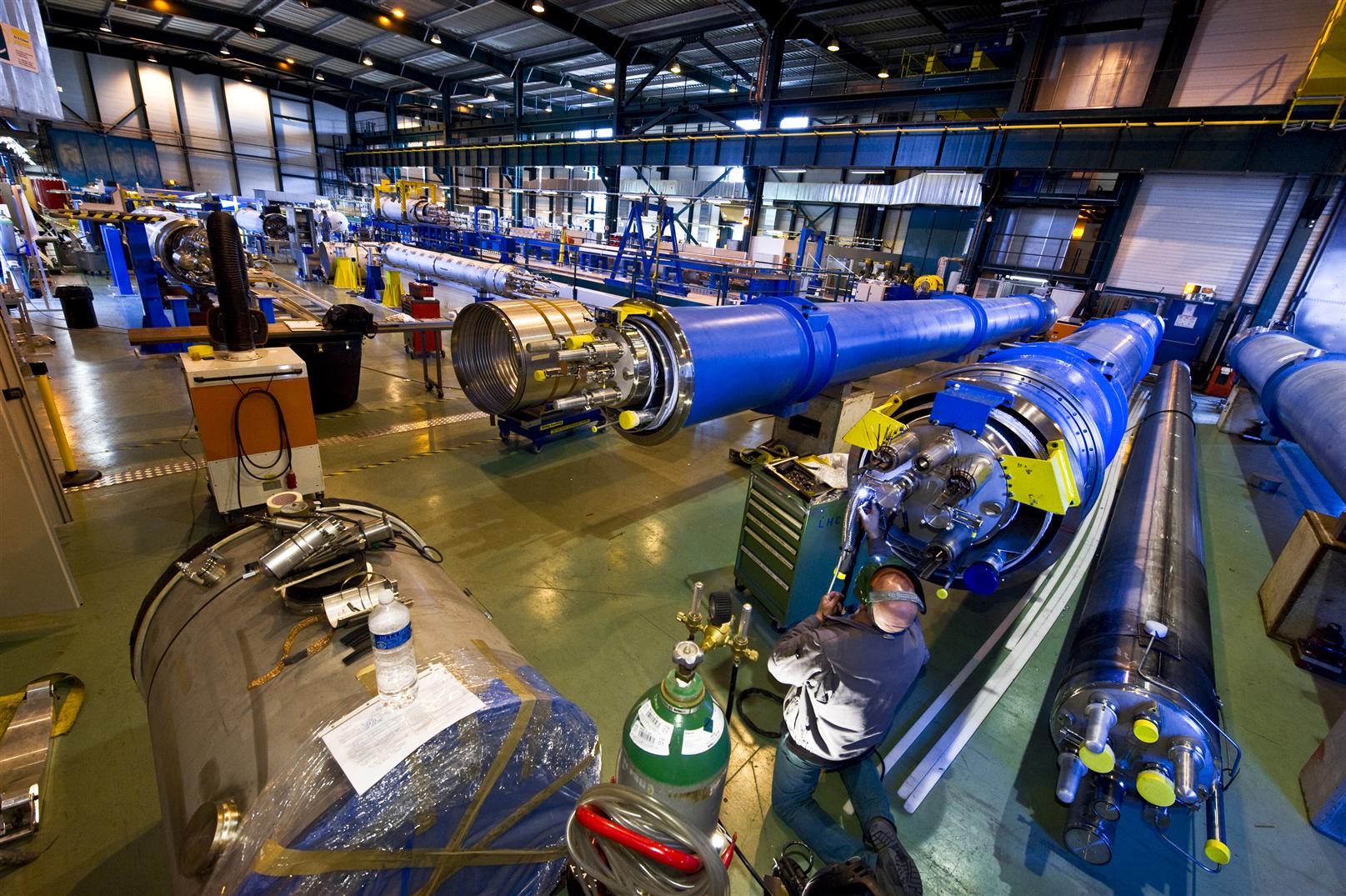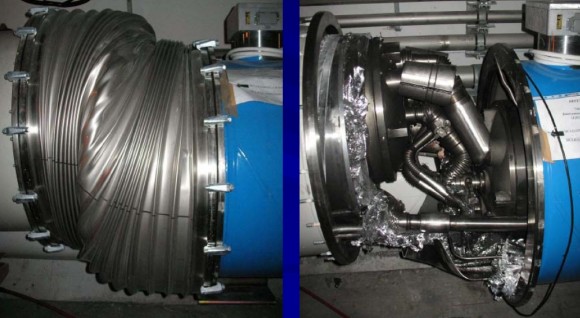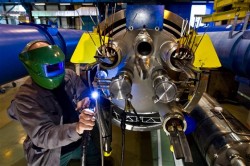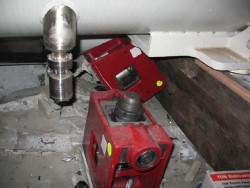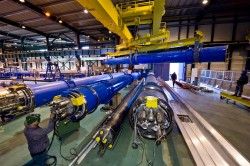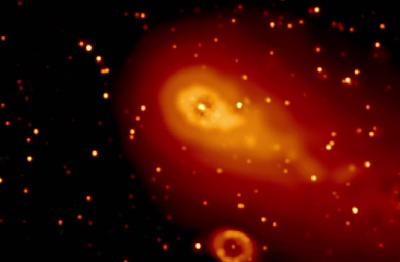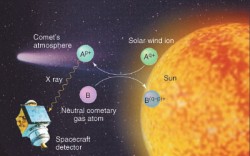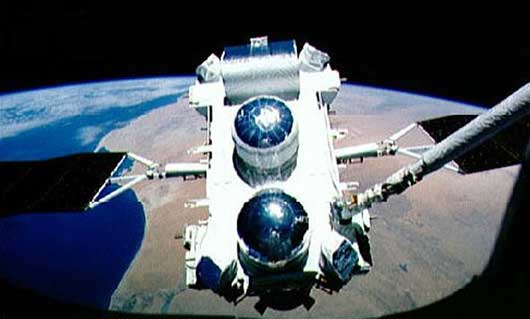[/caption]The Hubble Space Telescope has detected carbon dioxide on a planet orbiting another star. The star in question is HD 189733 (also known as V452 Vulpeculae, a variable star designation), a binary system over 60 light years away, and the planet is approximately the size of Jupiter (called HD 189733b). The exoplanet is already known to contain water and methane molecules from previous Hubble and Spitzer campaigns, but this is the first time CO2 has been discovered.
But why all the fuss? CO2 is another chemical marker for the existance of life. But HD 189733b isn’t a candidate planet for the search for life. After all, this “hot Jupiter” will not be hospitable to the development of even the most basic lifeforms (life as we know it in any case). This discovery is ground-breaking in that CO2 can be sensed on a planet many light years from Earth…
“The carbon dioxide is kind of the main focus of the excitement, because that is a molecule that under the right circumstances could have a connection to biological activity as it does on Earth,” said Mark Swain of NASA’s Jet Propulsion Laboratory. “The very fact that we’re able to detect it, and estimate its abundance, is significant for the long-term effort of characterizing planets both to find out what they’re made of and to find out if they could be a possible host for life.”
Indeed, it wasn’t only carbon dioxide that was found; carbon monoxide was also detected in the exoplanet’s atmosphere. But the fact that CO2 is a “tracer” for life and it has been detected on a planet other than a planet known to contain life (Earth) is incredibly significant. As time goes on, observation techniques advance, it is hoped small rocky bodies will be observed. If this can be done, an Earth-like planetary survey can be carried out.

So how did Hubble detect CO2 on HD 189733b? Through a spectroscopic analysis of the infrared radiation being emitted by the hot planet, Hubble’s Near Infrared Camera and Multi-Object Spectrometer (NICMOS) spotted an abundance of CO and CO2. Certain molecules in the exoplanet’s atmosphere absorb certain wavelengths of infrared light, leaving a spectroscopic “fingerprint” in the light detected by Hubble.
This kind of campaign is best carried out on star systems with their ecliptic plane seen edge-on to the Earth. This means the orbit of the exoplanet carries it behind the parent star and then infront of it. HD 189733b transits (or eclipses) its parent star every 2.2 days and then orbits behind the star. This is an ideal situation as astronomers are able to measure the emission from the star (when the line of sight to the exoplanet is blocked by the star) and use those measurements to subtract from spectroscopic analysis of the exoplanet. This technique isolates the exoplanet emission making it possible to analyse the chemical composition of its “day-side” atmosphere.
“We’re starting to find the molecules and to figure out how many of them there are to see the changes between the day side and the night side,” Swain said.
All these developments by Hubble will aid the future of exoplanet studies. In 2013, NASA’s James Webb Space Telescope will be launched to look out for “super-Earth” exoplanets (i.e. rocky planets larger than Earth), observing in near-infrared wavelengths. Therefore, the carbon dioxide discovery in the atmosphere of HD 189733b helps astronomers refine techniques to detect yet another tracer for life…
Source: HubbleSite

